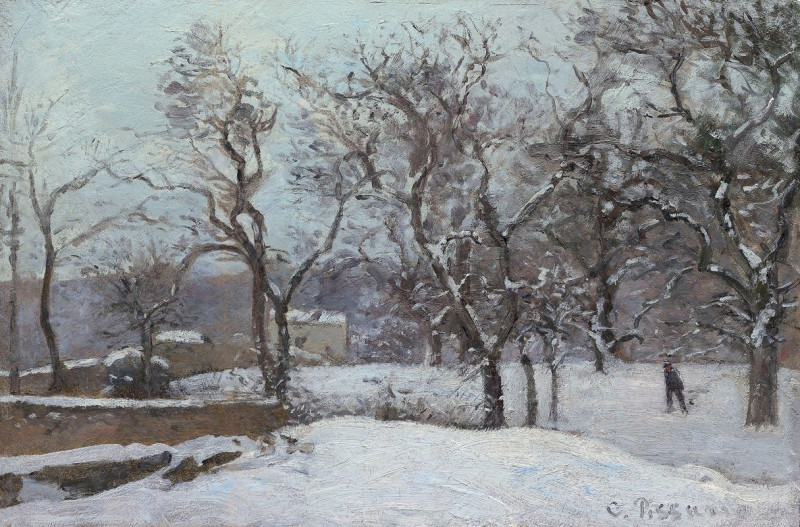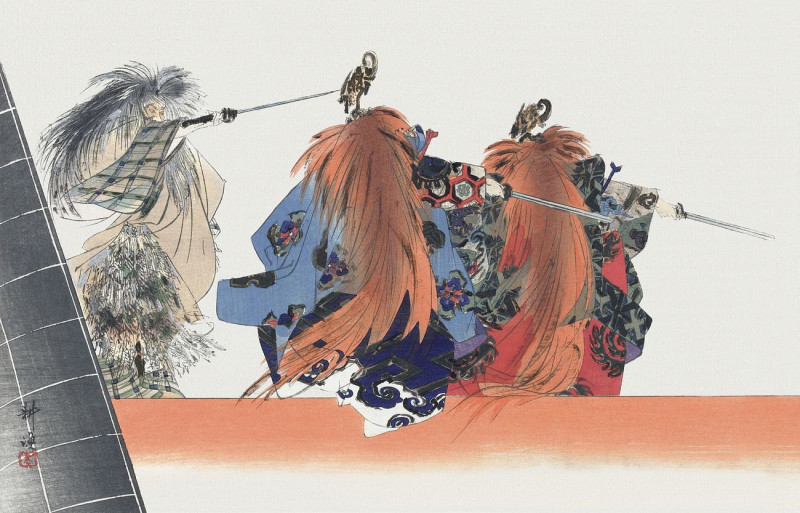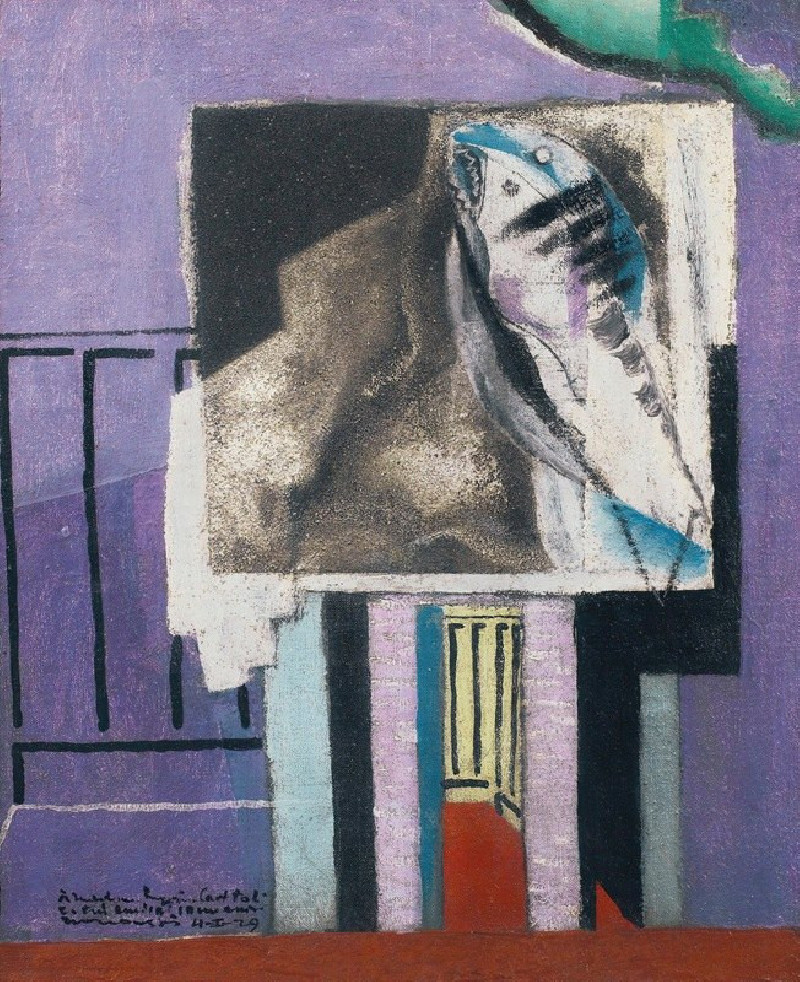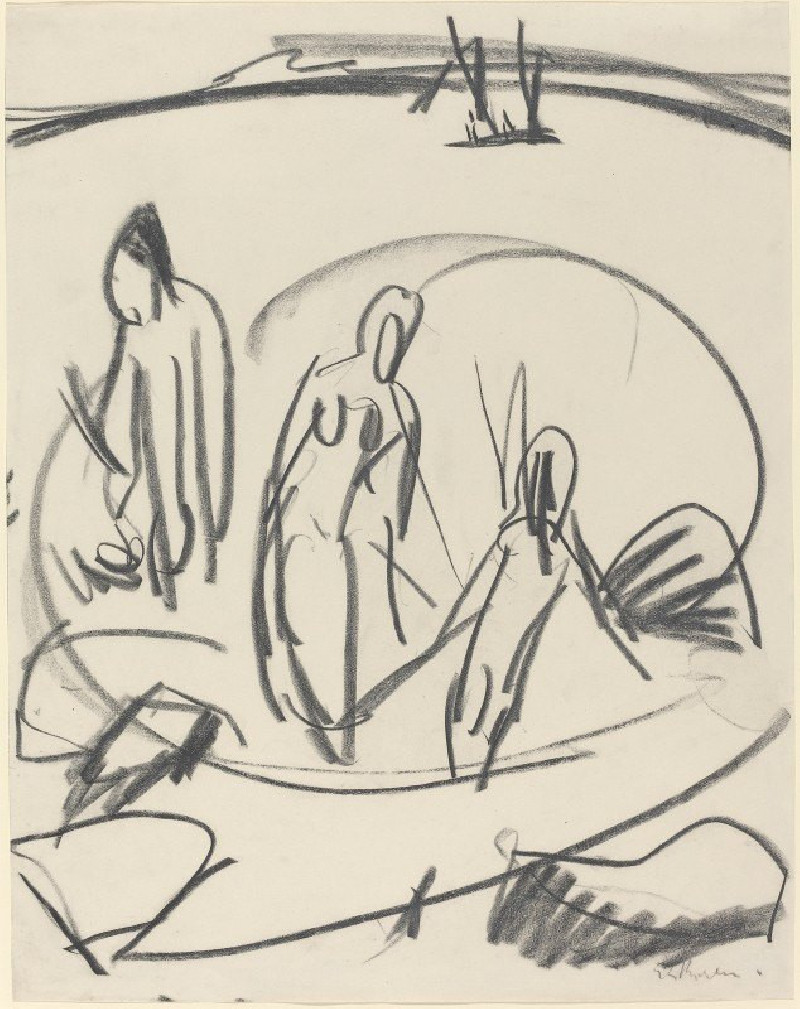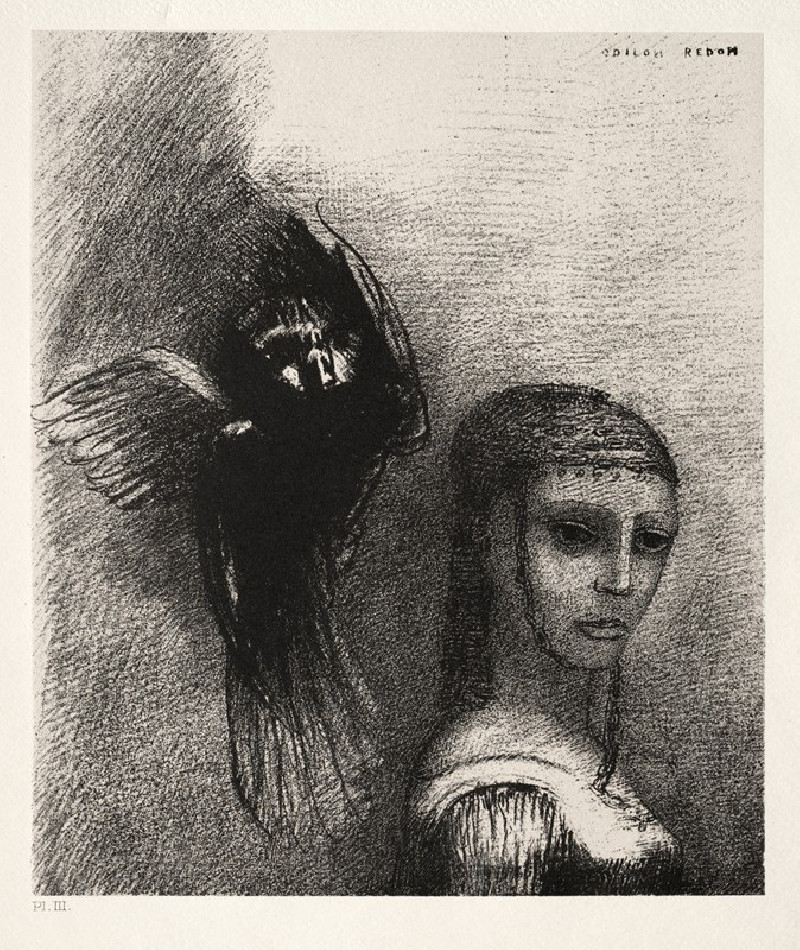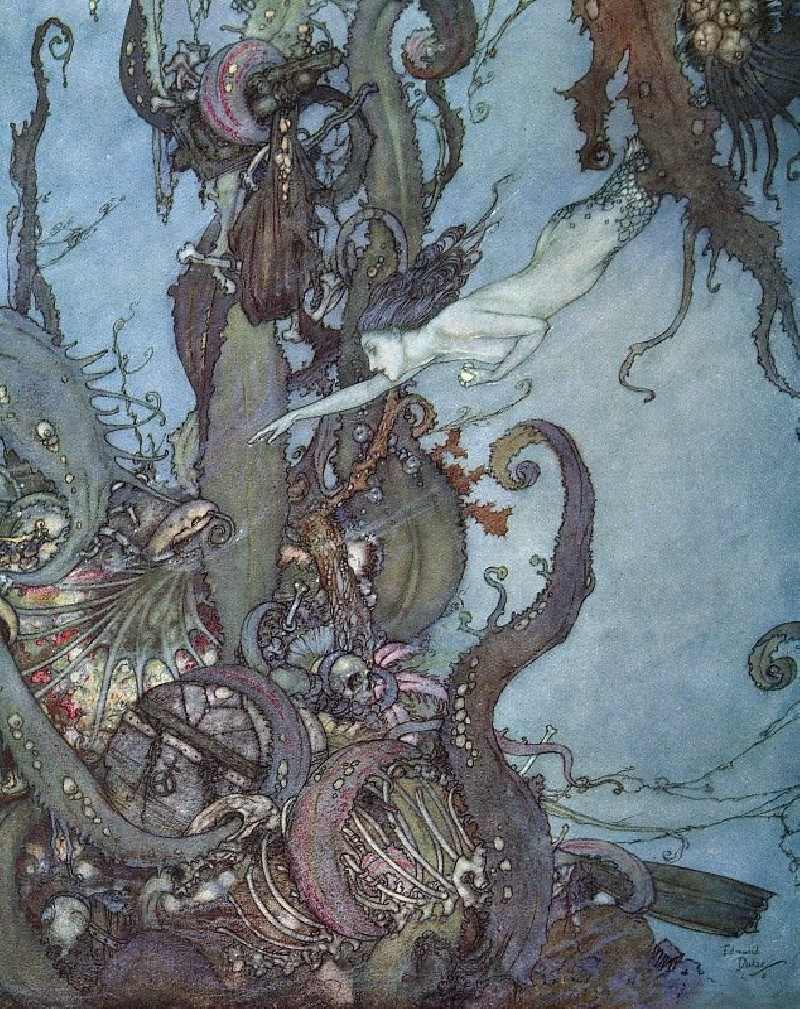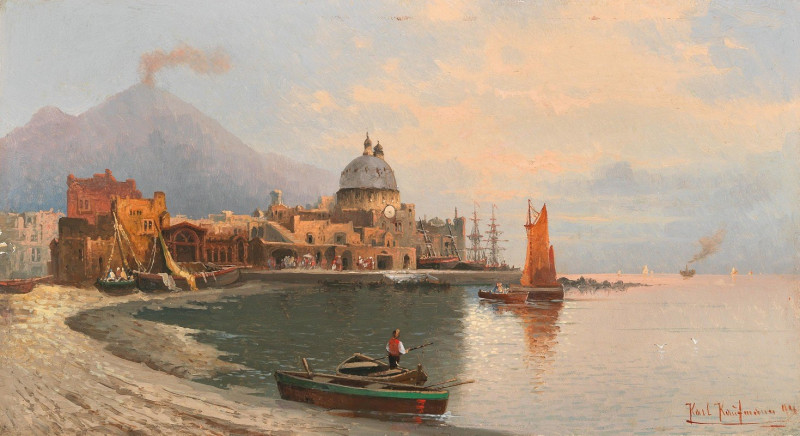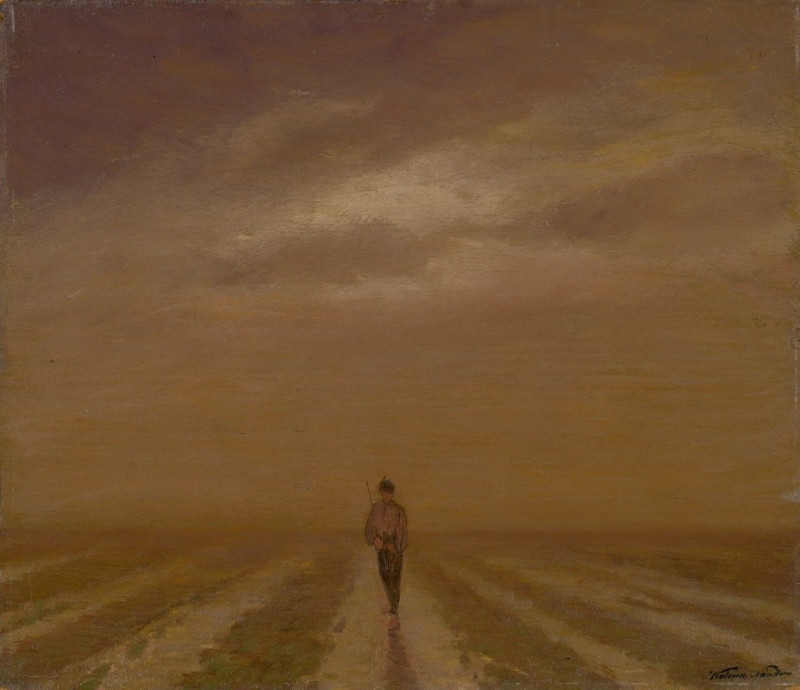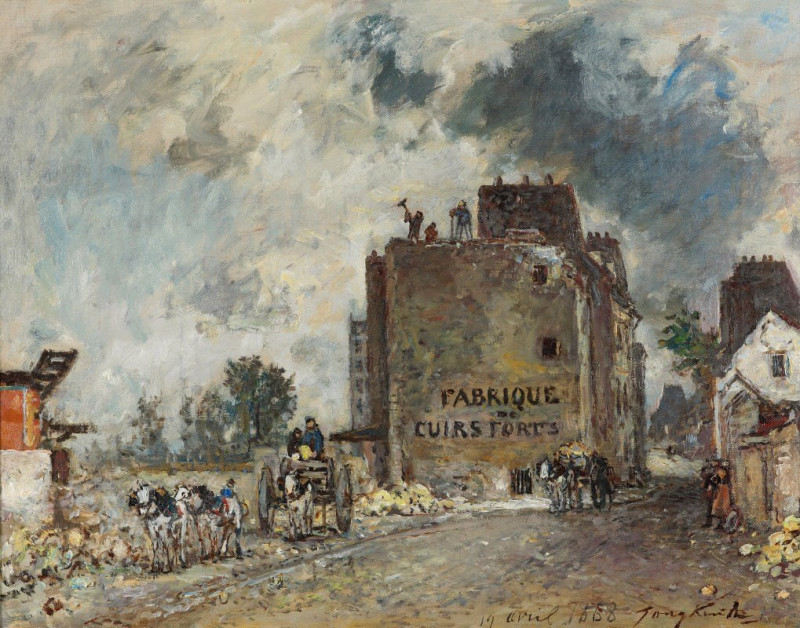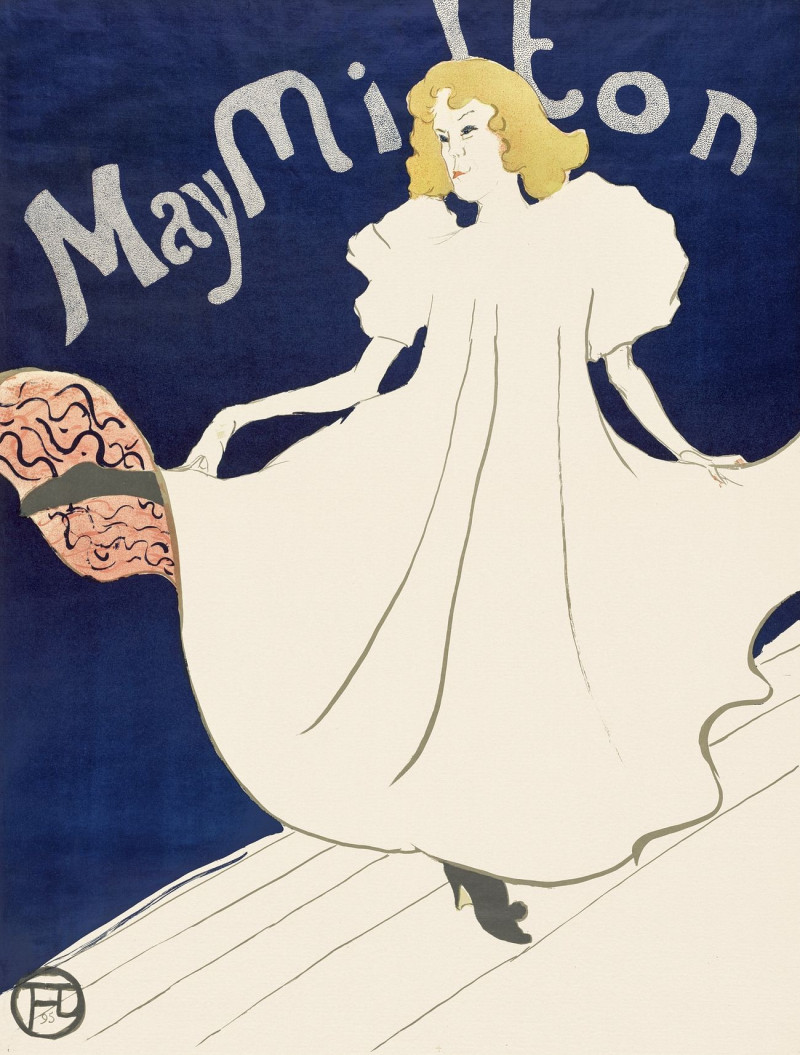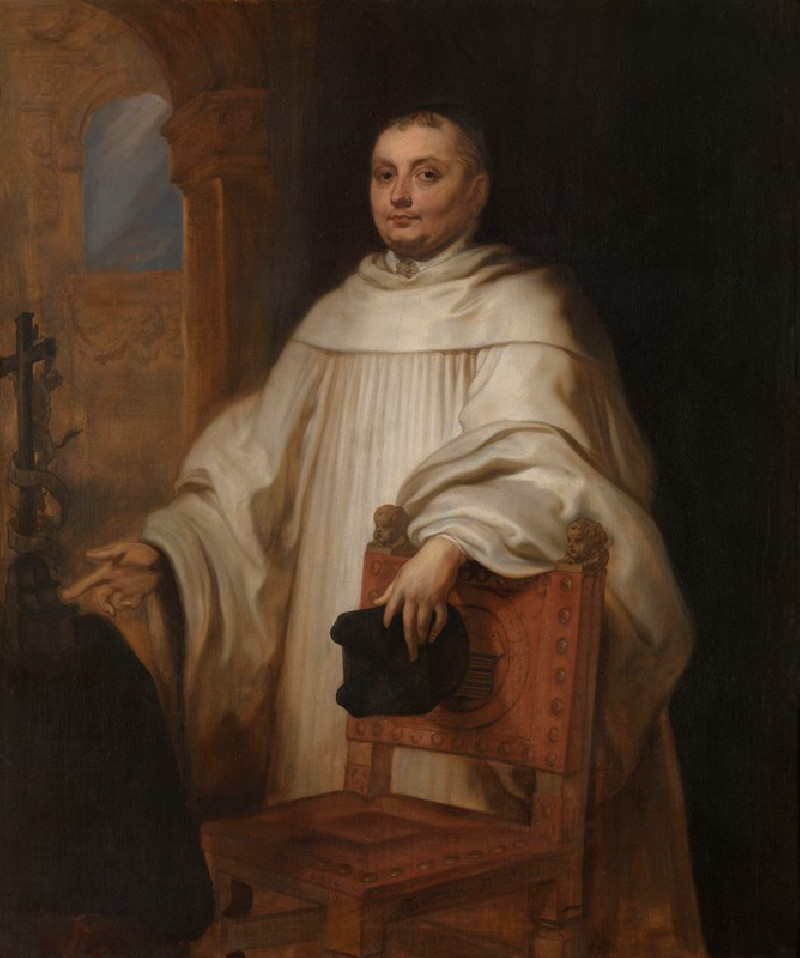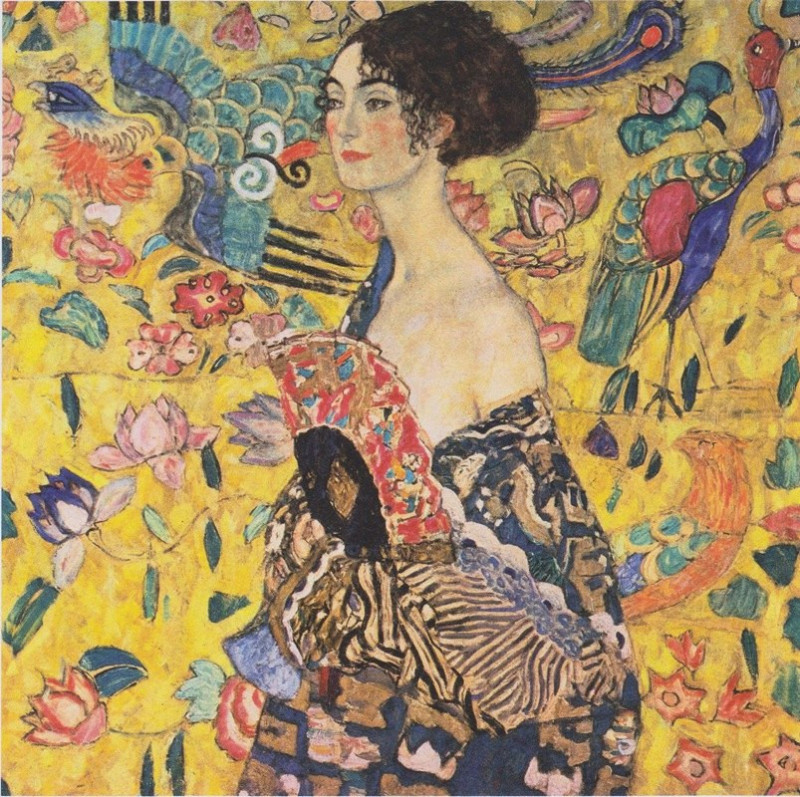Snow at Louveciennes (c. 1870)
Technique: Giclée quality print
Recommended by our customers
More about this artwork
In the serene work "Snow at Louveciennes," Camille Pissarro captures a quintessential winter scene with delicate mastery and subtle grace. Painted around 1870, this piece envelops the viewer in a tranquil, snow-covered landscape in the small French village of Louveciennes, where Pissarro spent significant periods of his artistic career.The painting presents a muted color palette dominated by whites and grays, reflecting the overall chill and calmness of a snowy day. Bare, frosted trees frame the scene, their intricate branches dusted with snow, creating a delicate network against the soft, overcast sky. The composition leads our eyes down a gentle slope to a figure, possibly a local villager, making their way through the tranquil environment. Small, rustic houses faintly emerge in the background, partially obscured by the wintry haze."Snow at Louveciennes" is a testament to Pissarro's ability to blend Impressionism with the realism of rural life. His techniques capture the fleeting effects of light and atmosphere, hallmarks that would later define Impressionism. This painting not only portrays the physical landscape but also evokes the silent, enveloping calm that snow brings to the countryside.
Delivery
Returns
Blessed are they who see beautiful things in humble places where other people see nothing. — Camille Pissarro
Camille Pissarro (1830-1903) was born on St.Thomas (now the US Virgin Islands) to a Portuguese father and a Dominican mother. He went to Paris to study art at Ecole des Beaux-Arts. He was an early pioneer of pointillism and neo-impressionism and later became a mentor of many famous impressionist painters including Cezanne, Manet, Renoir, and Gauguin. His paintings depicted rural and urban French landscapes and lifestyle. Many of his works politically captured images of peasants and laborers. Today, he is considered the father of impressionism.

